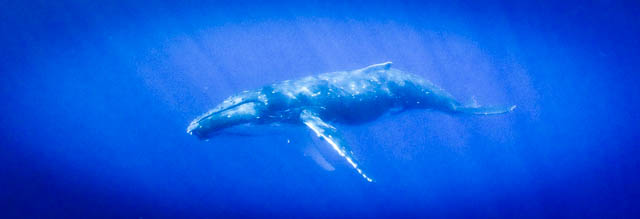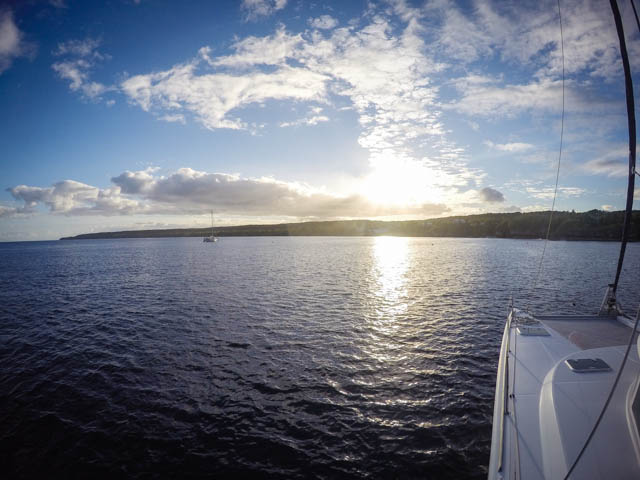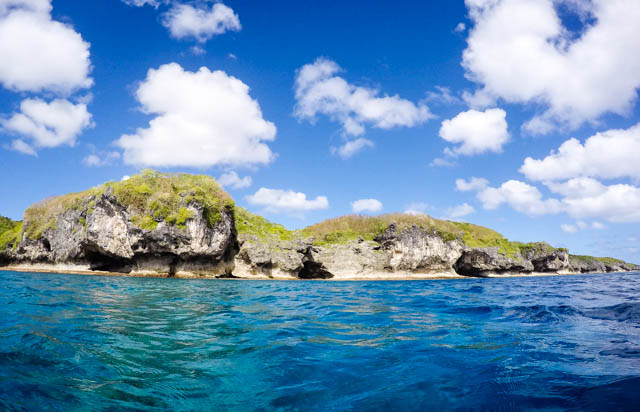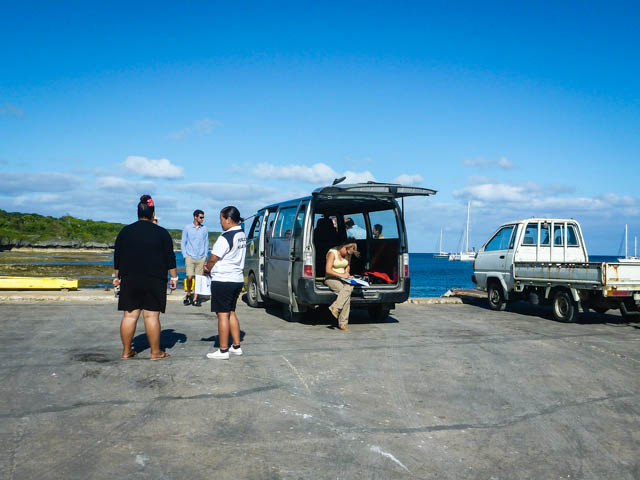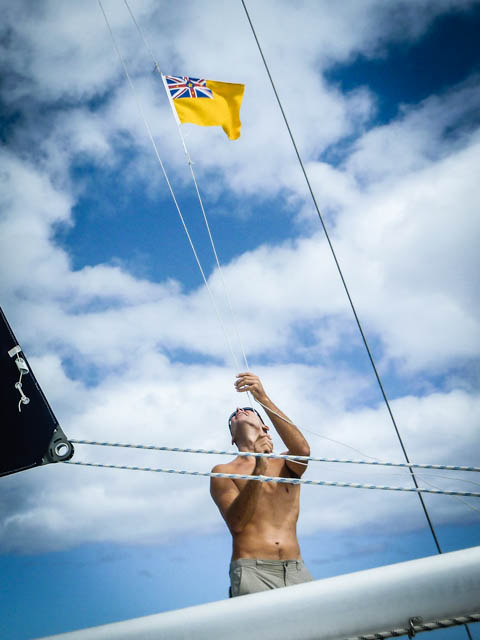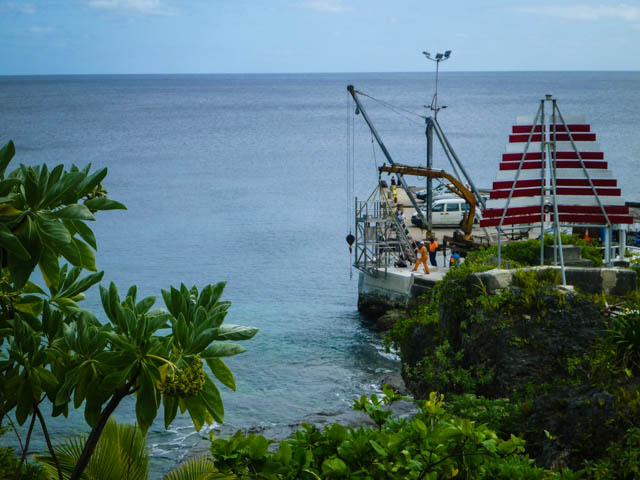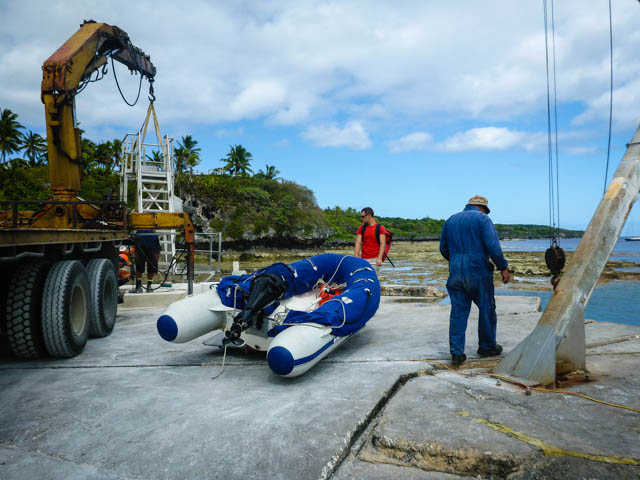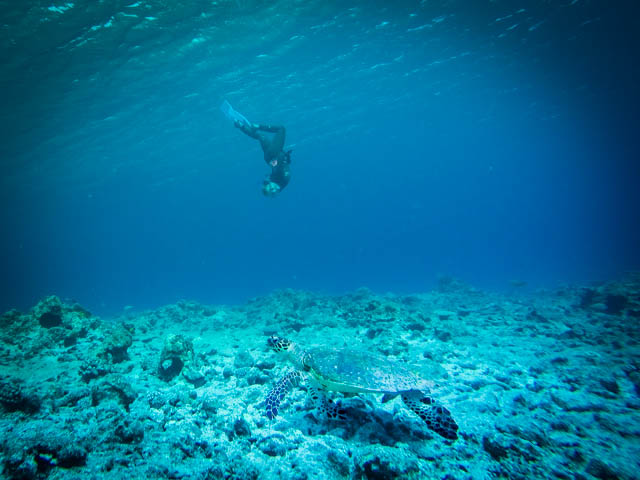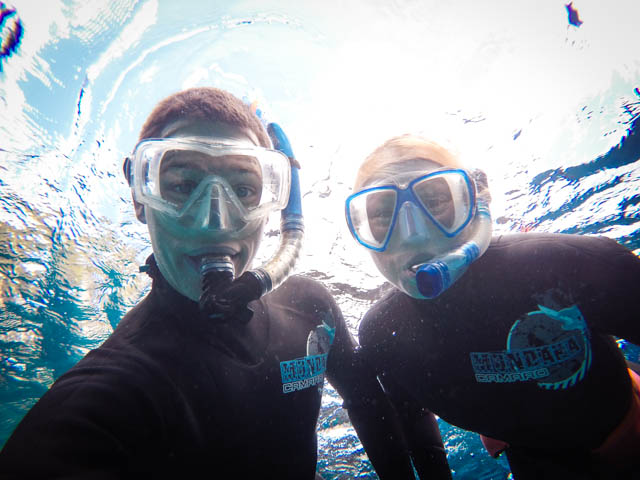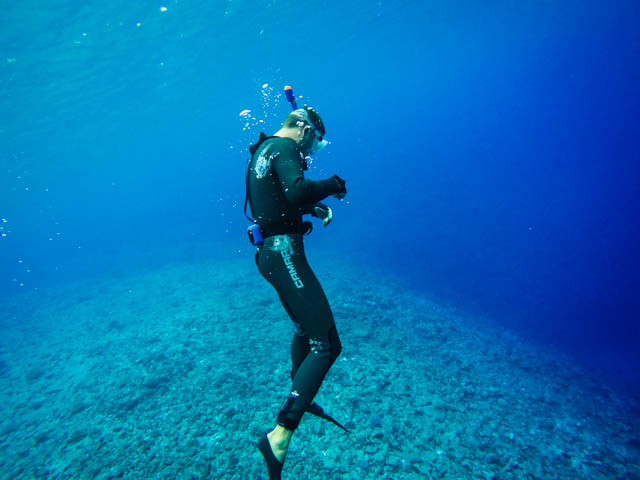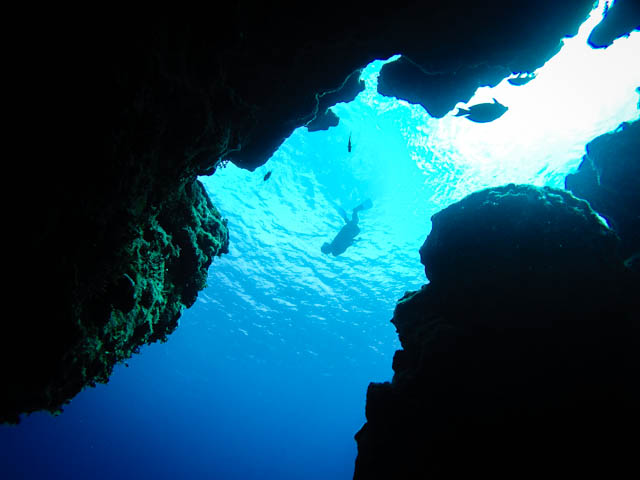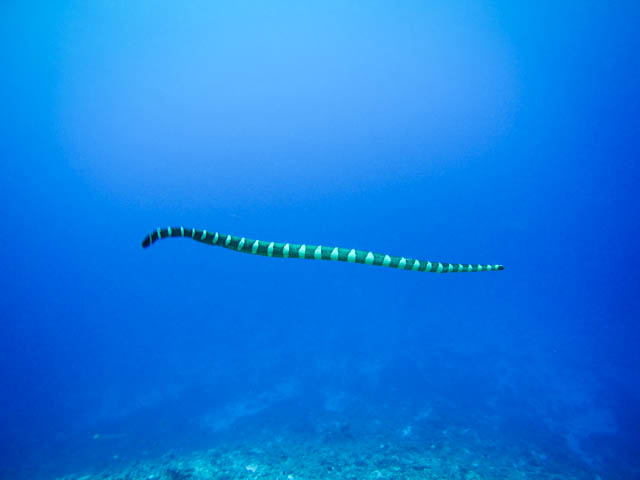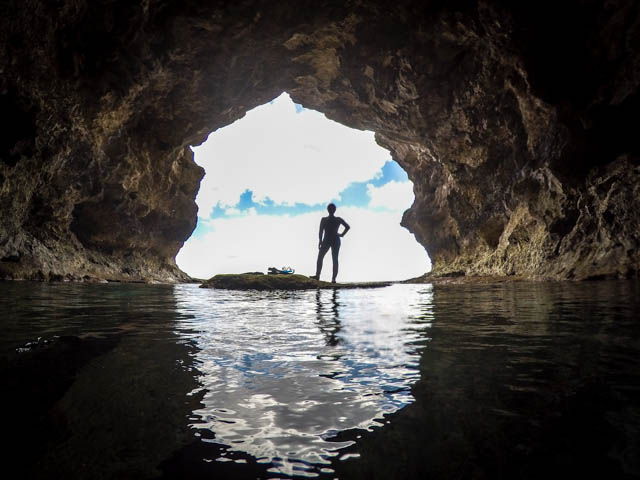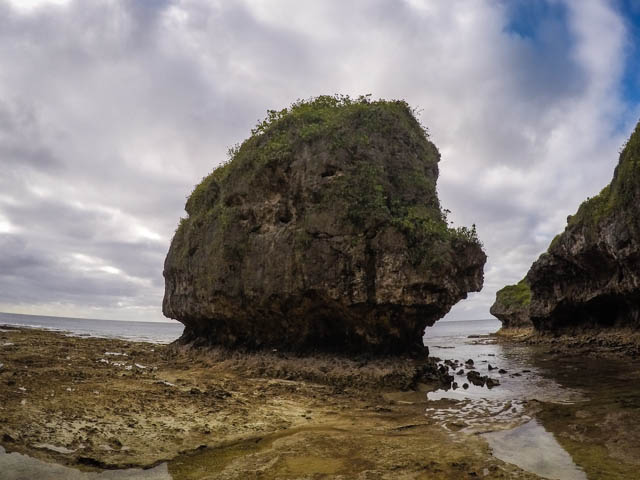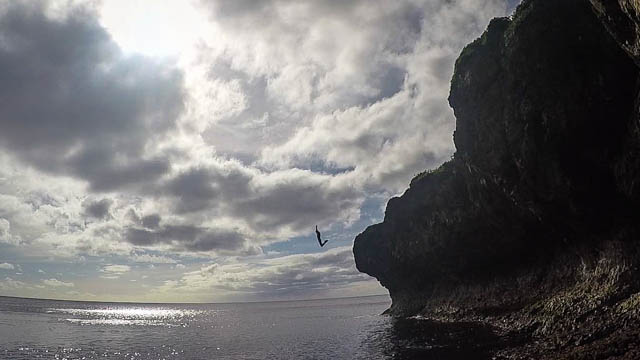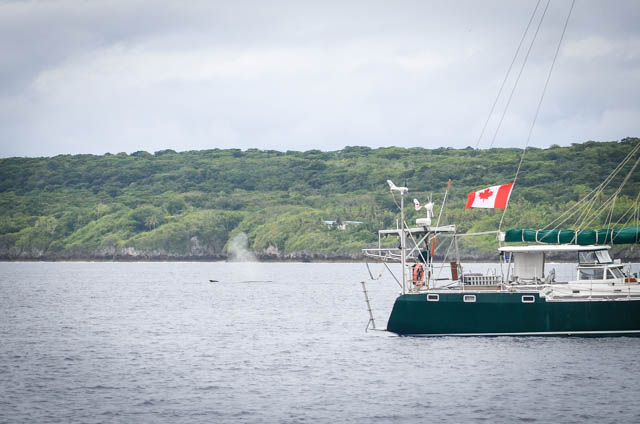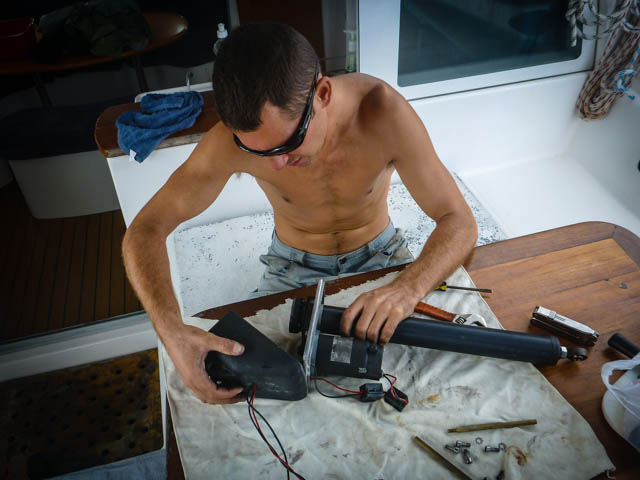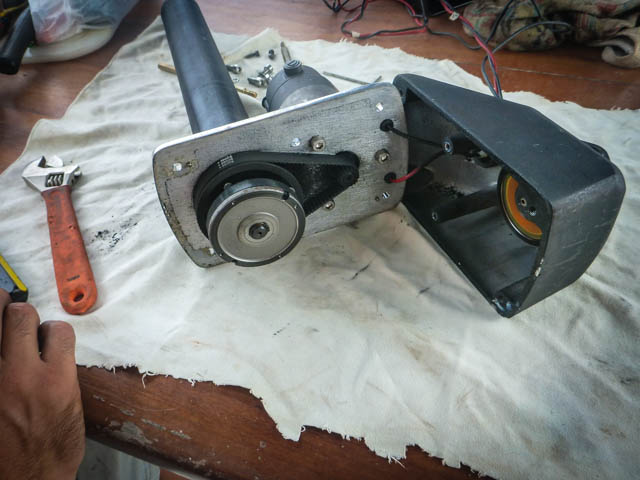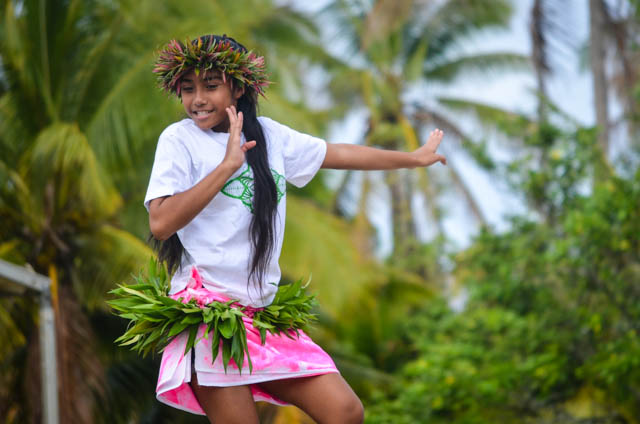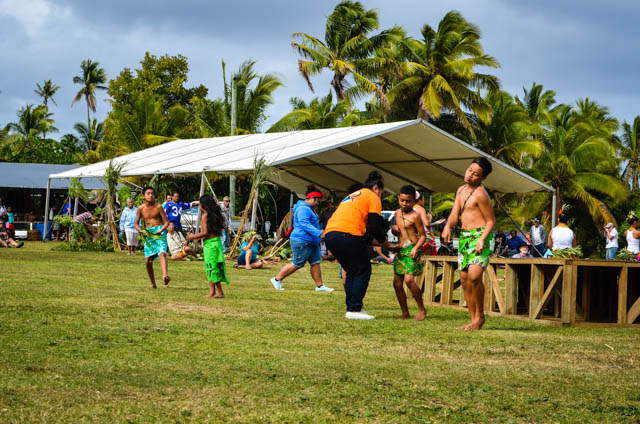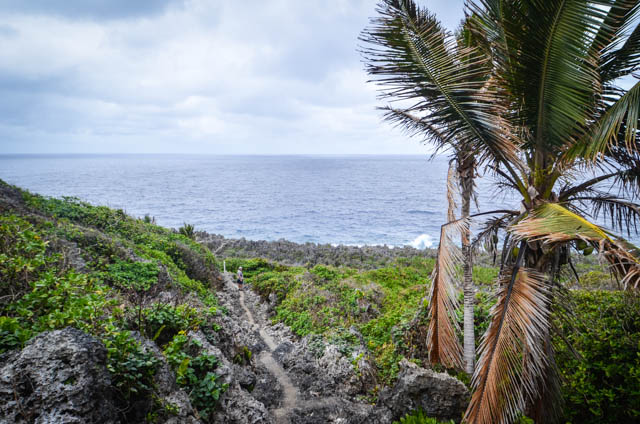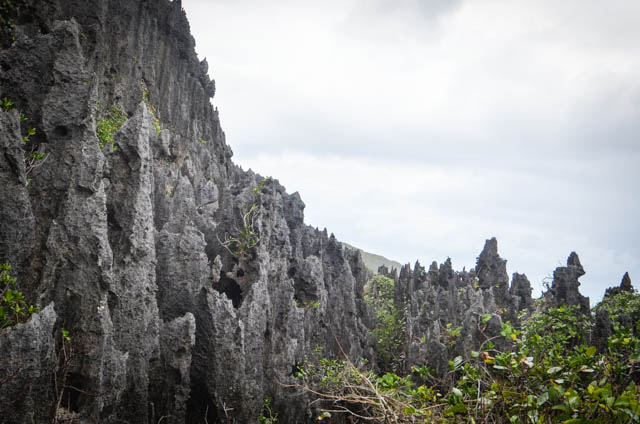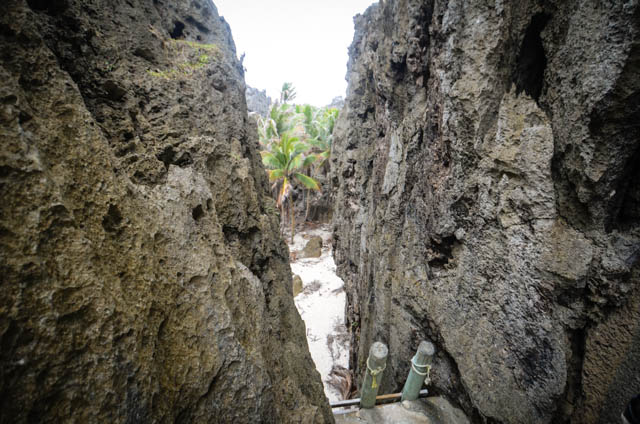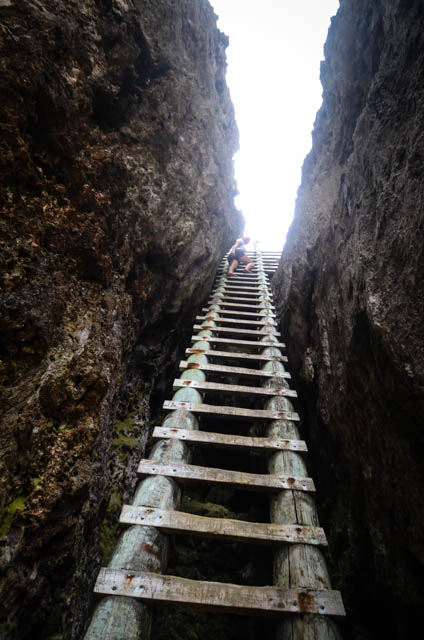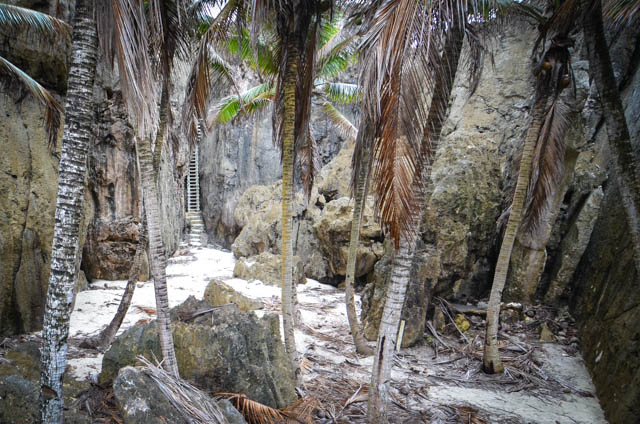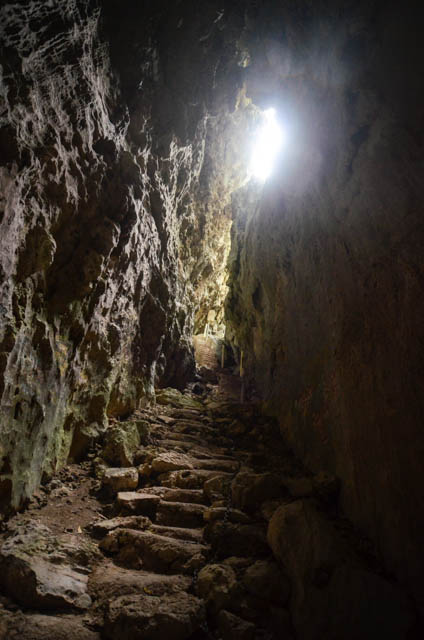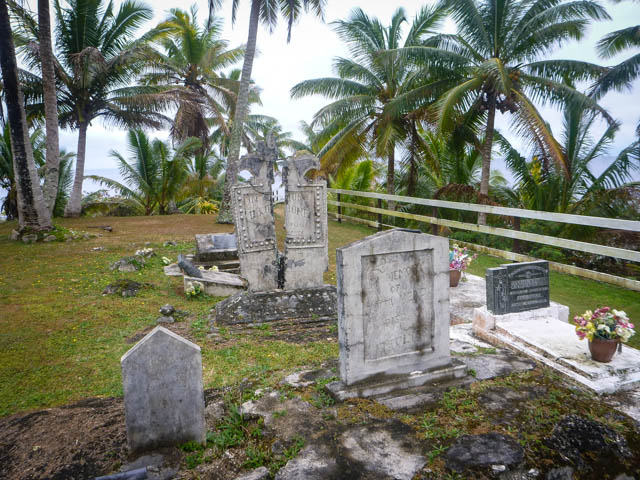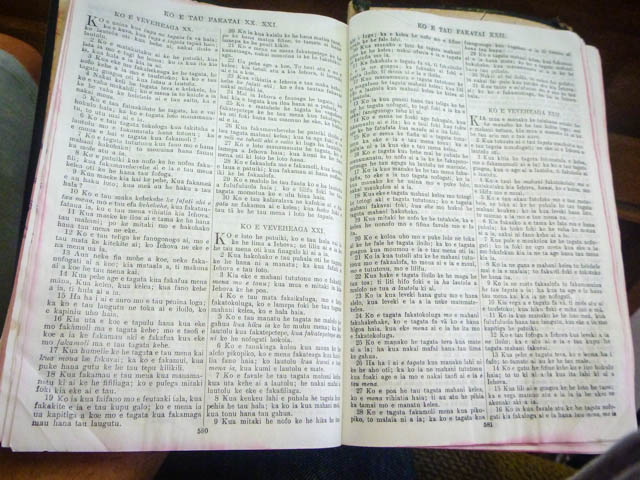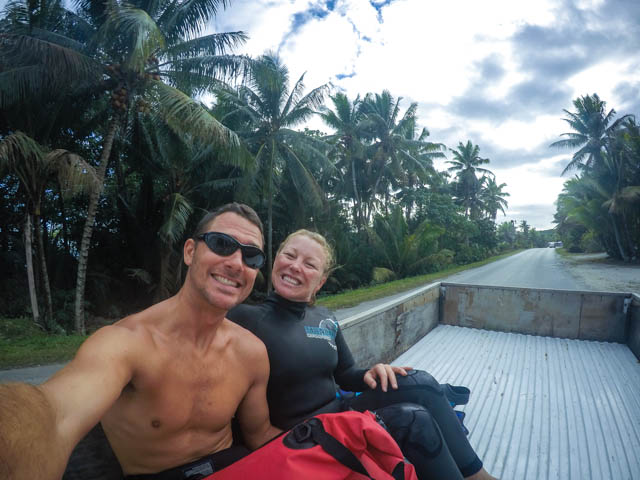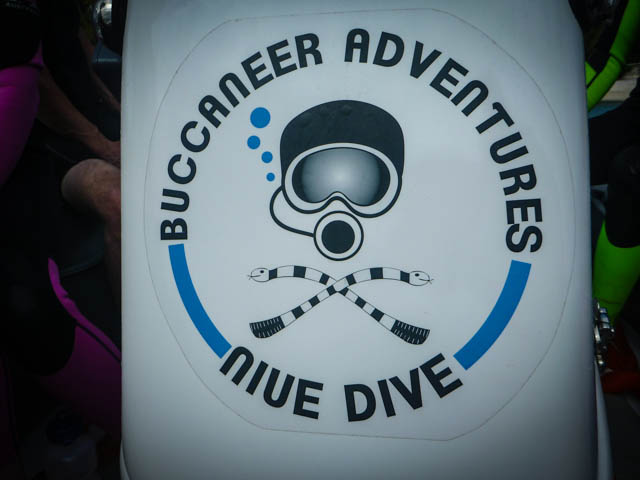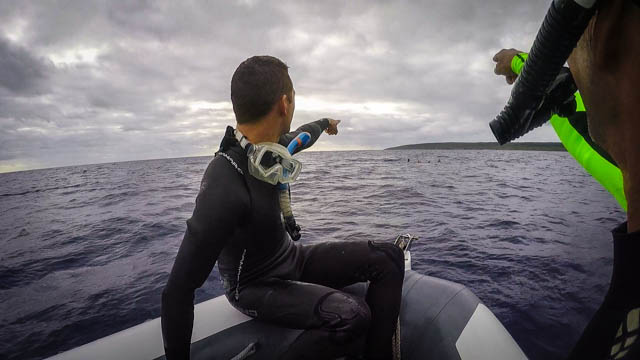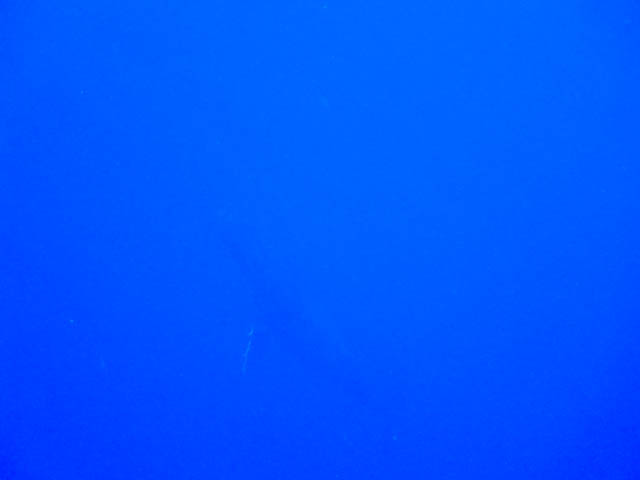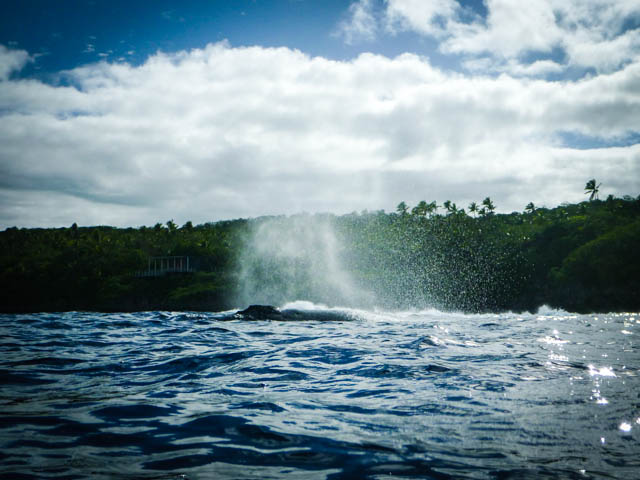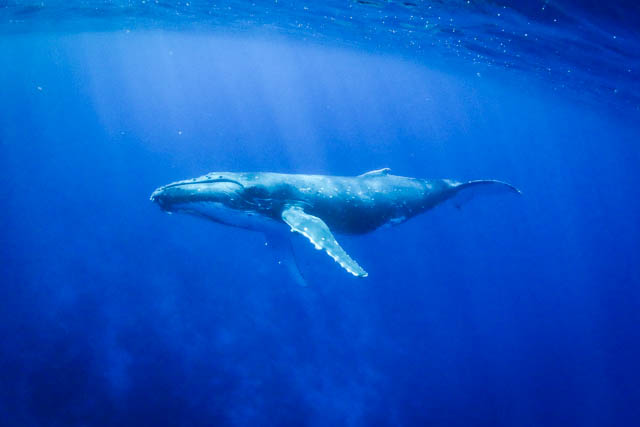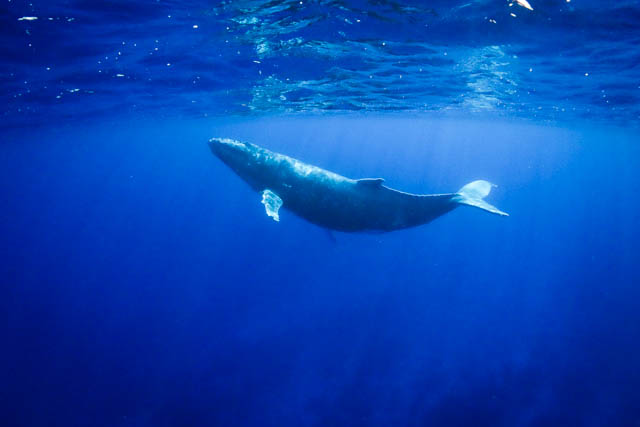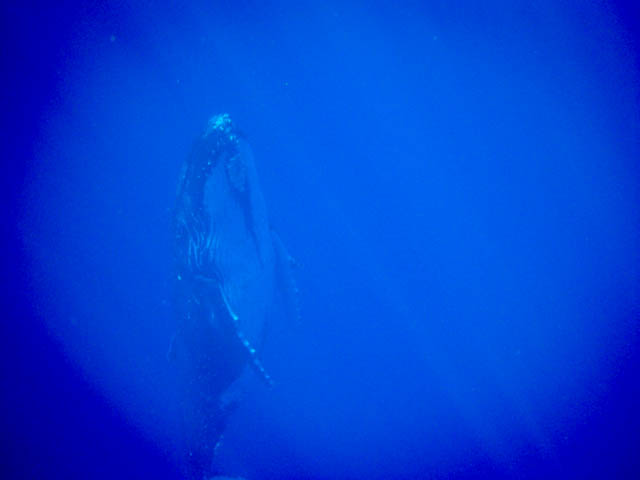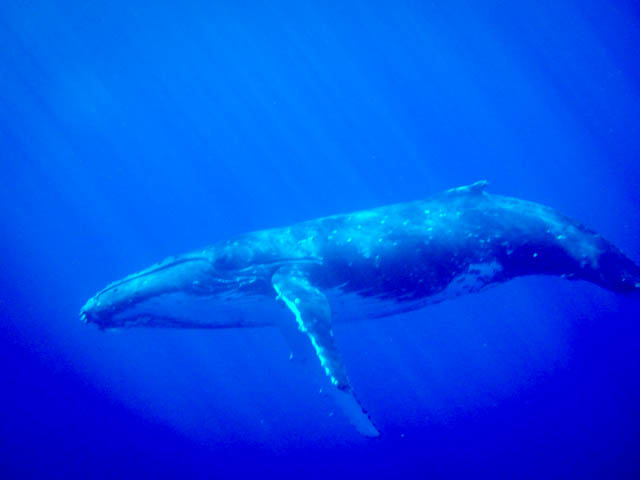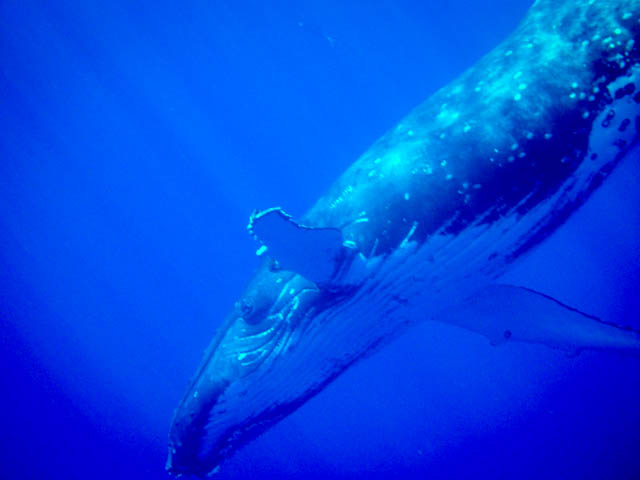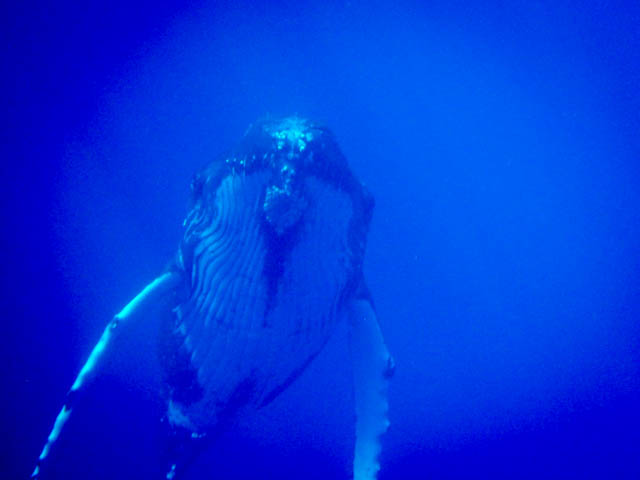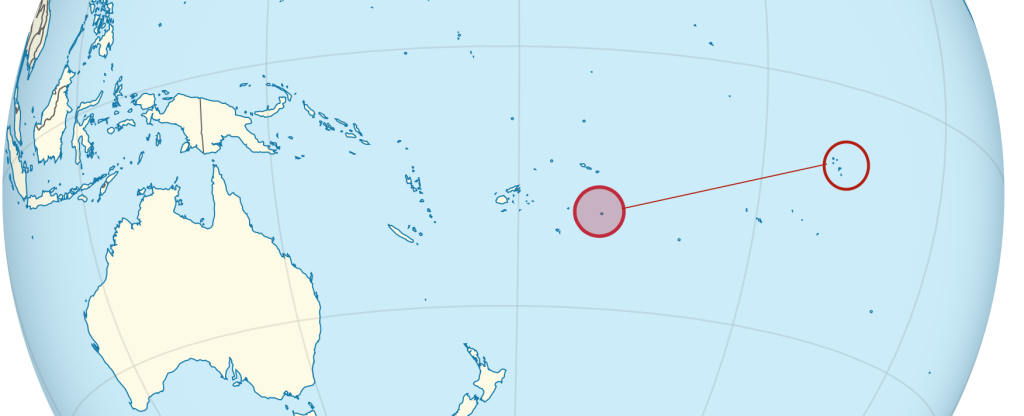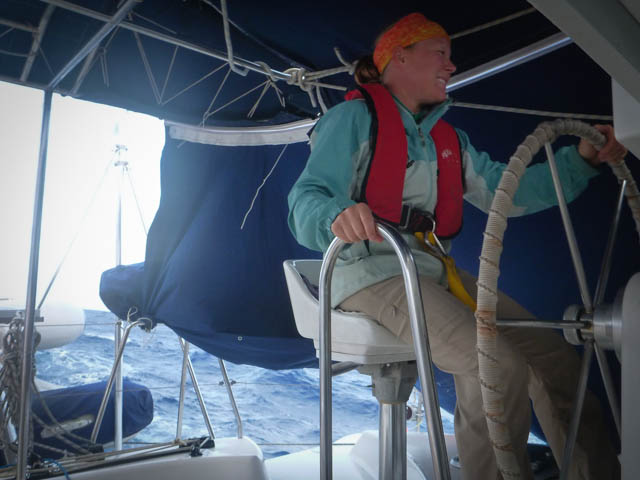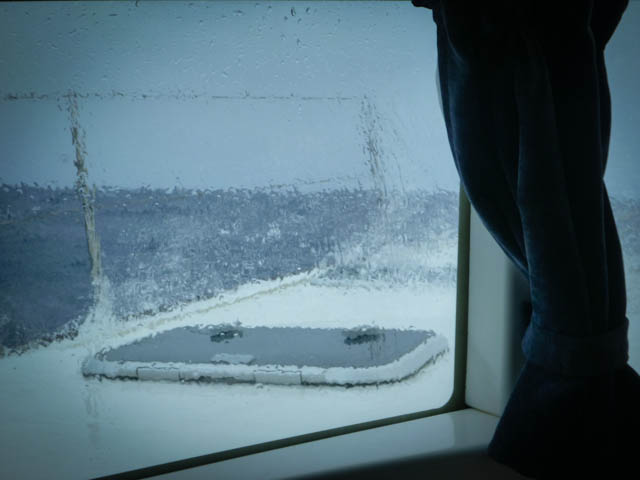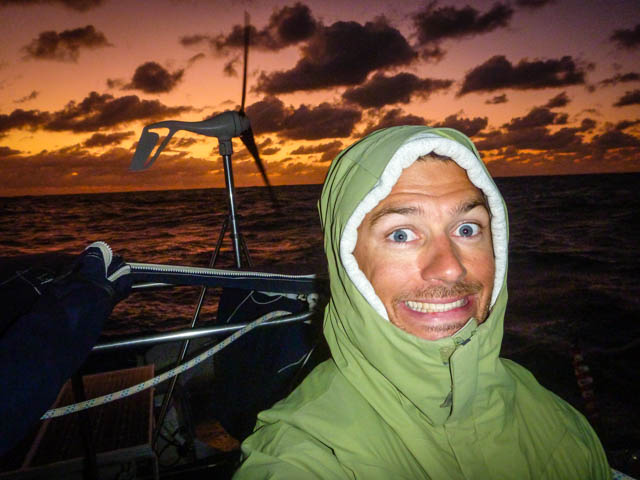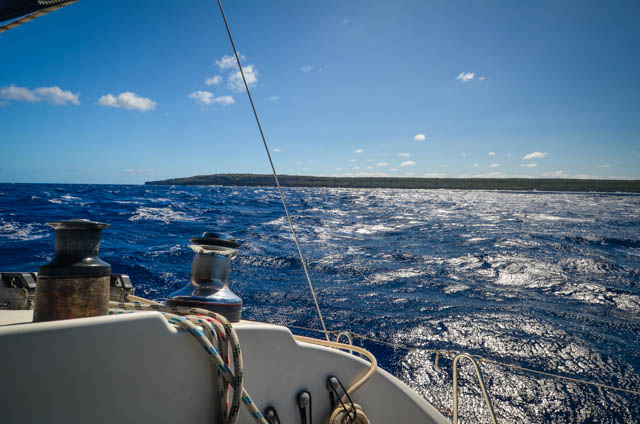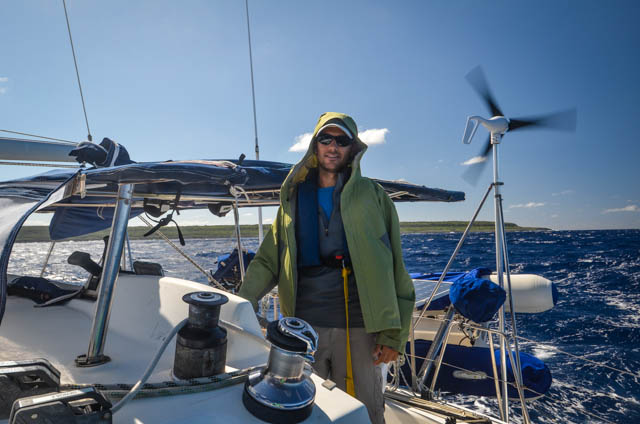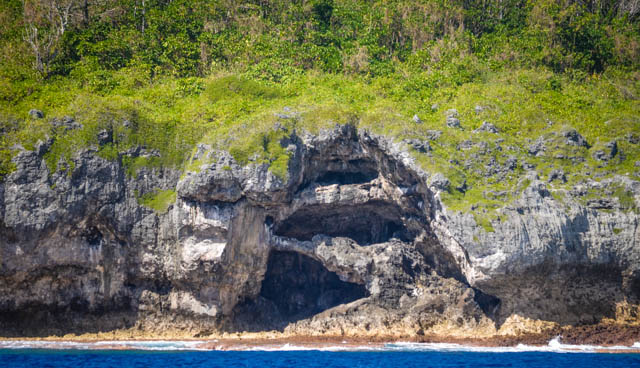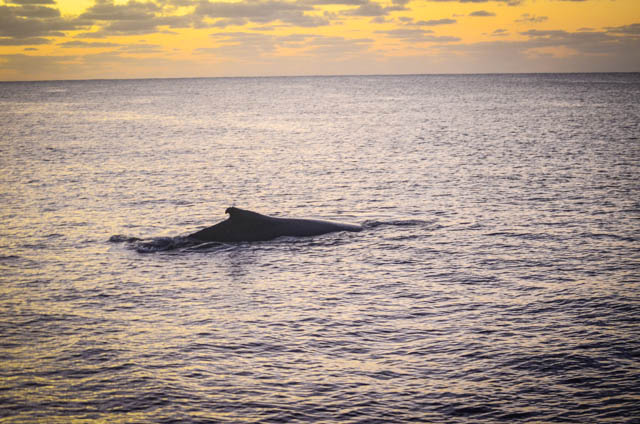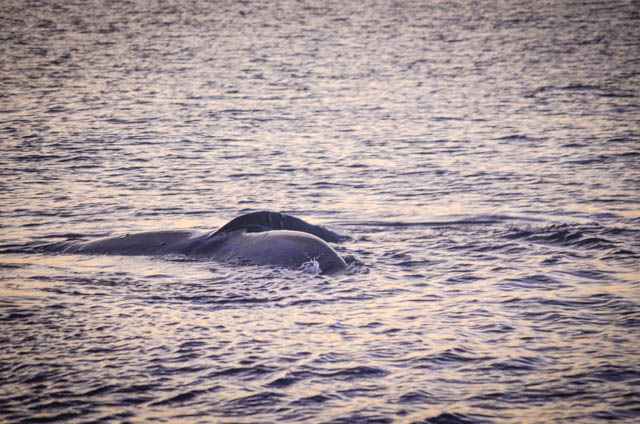Author: Pete
Location: Vava’u Island Group, Tonga
Date: August 5 – 10, 2015
On August 5th, we left Niue heading west for Tonga. Niue fell astern as we rocketed downwind, running wing-wing under twenty knots of wind. Moderate following seas gave us an extra push AND we didn’t even have to hand steer since Otto was back in the game. The next day was August 7th. What happened to August 6th ask you? Gone! Zip! Ripped from our lives like a bandaid from a skinned knee! Everyone else will have an August 6th, but the day will be an empty hole in our histories. Can you hear the Twilight Zone music? I hope I don’t have to account for my whereabouts at some point in the future.
“Where were you on the night on August 6th, 2015?”
“Uhhh… I didn’t get one.”
“Get one what?”
“An August 6th, sir. I missed that day. Must have been out sailing.”
“Off with his head!”
Tonga isn’t across the international dateline, but they take the same date as Fiji for business reasons. Thus, as we raced into Tongan waters, our trusty little boat burrowed twenty-four hours ahead in time like a wayward electron quantum tunneling out of a potential energy well. erhm…sorry ‘bout that. Won’t let him out again.

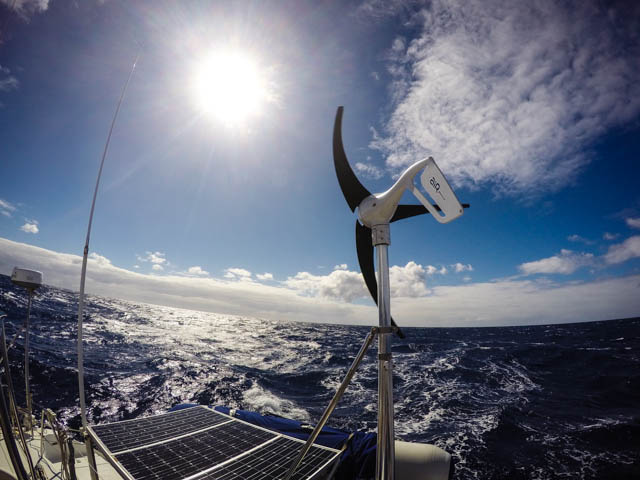
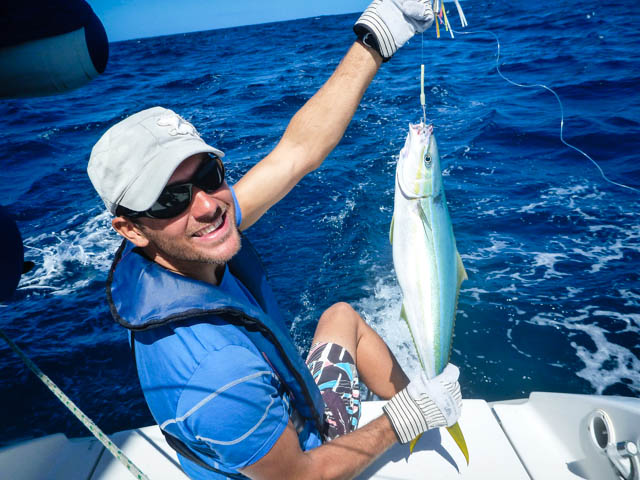
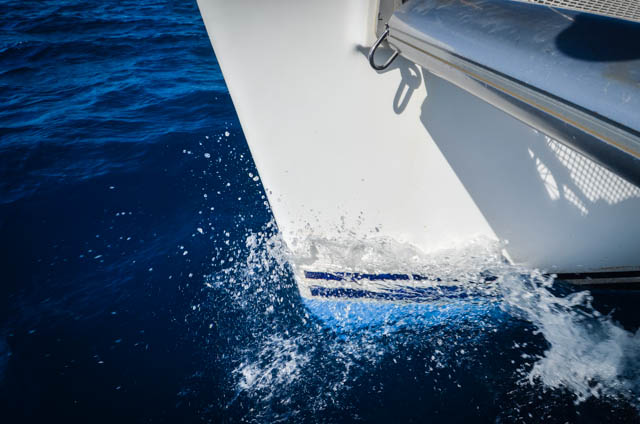
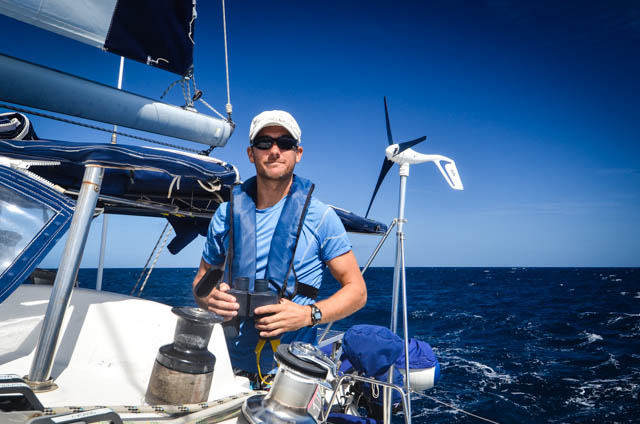
We spotted the islands of the Vava’u group as we cut through a deep portion of the shoal and into more protected waters. To the north and south of the cut, rollers exploded on the unseen reefs as we scooted through. We sailed north then west, dodging rocky islands and a couple of whales before we tucked into the protected bay formed by Nuapapu and Vaka’eitu islands. Tried anchoring in several spots before we were satisfied with our holding and swing room based on the weather supposed to be coming in.
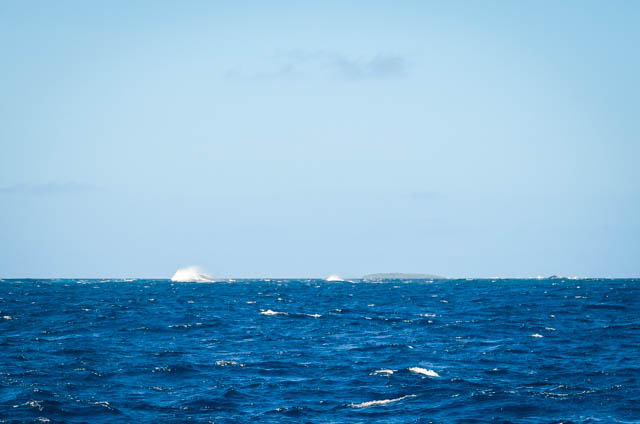
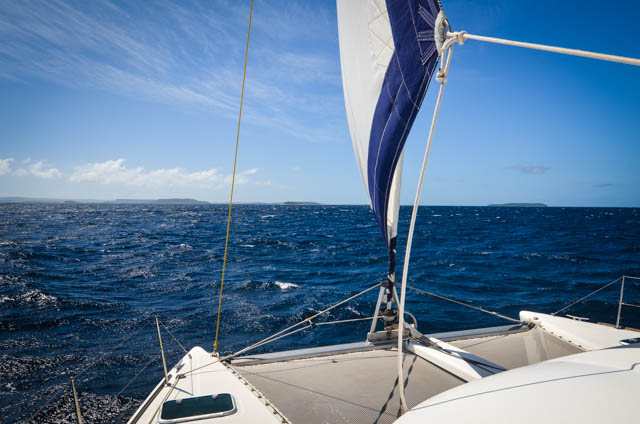
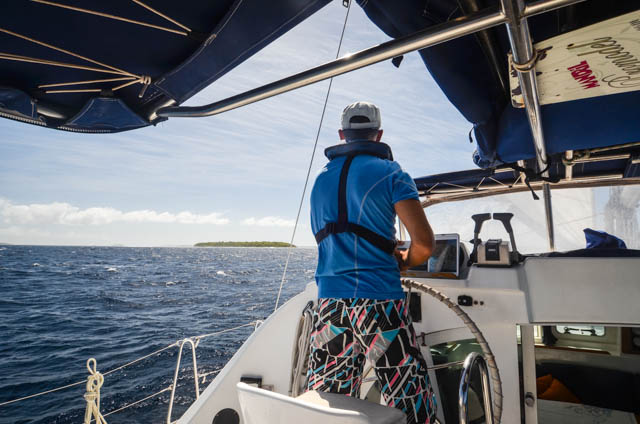

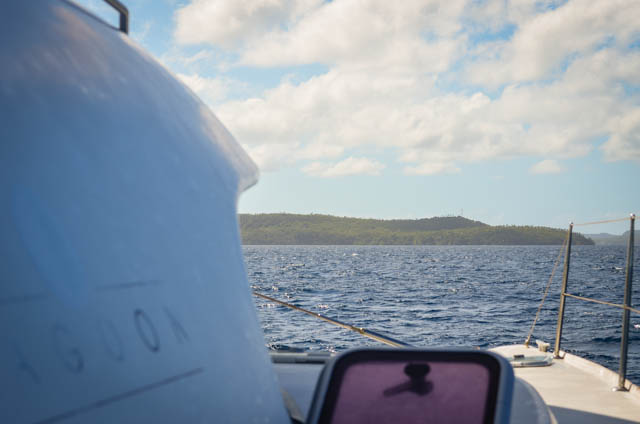
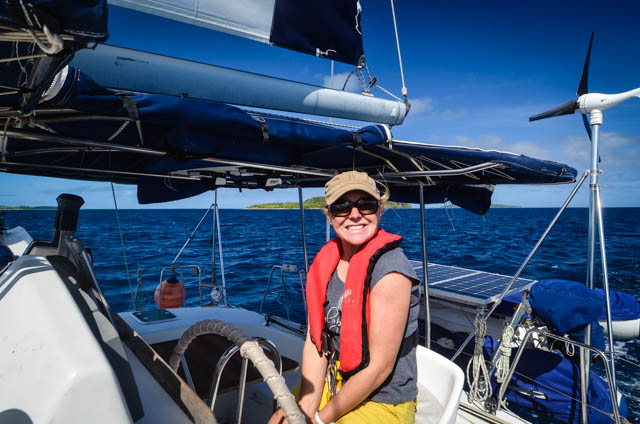
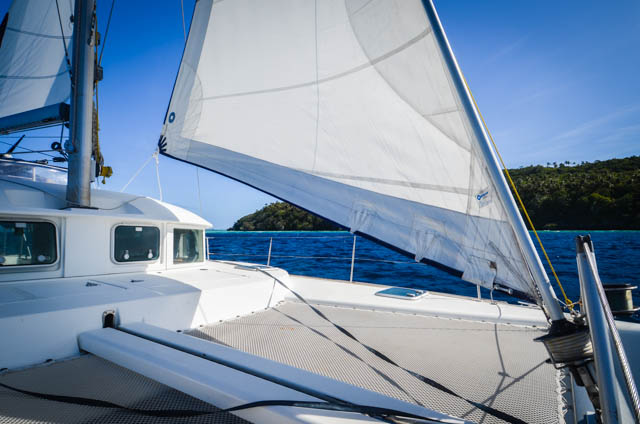
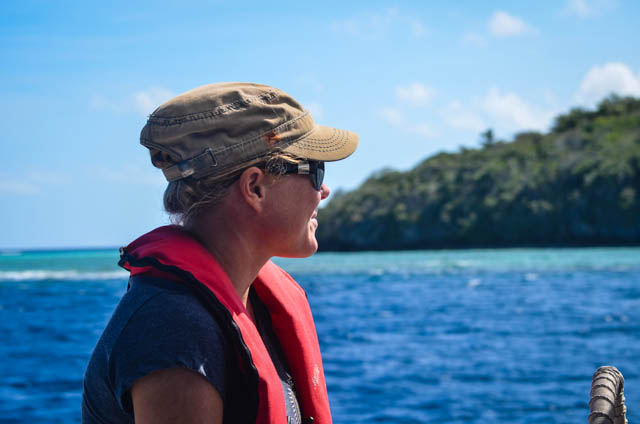
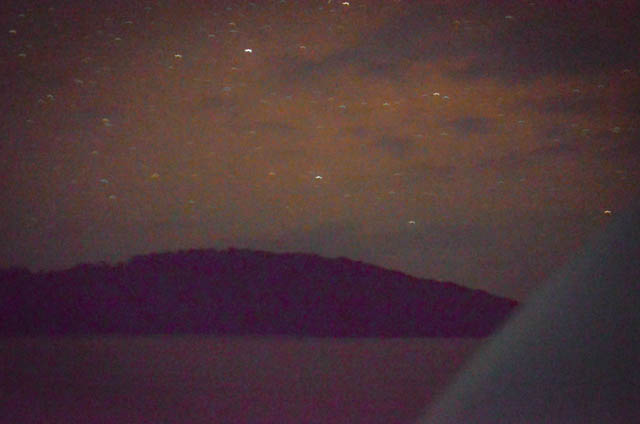
We woke on the 8th after a glorious, flat-water sleep. Our bodies ate it up. Two days on passage isn’t enough to get your body into a good circadian sailing rhythm. We were making ready to go snorkel the nearby coral gardens when a lone man standing in waist-deep water started yelling and waving from the empty shore. I dropped the dinghy in the water and zoomed in to see what was up. In the shallows a stout Tongan man with a mustache and enormous smile introduced himself as David. I don’t know what he was smiling about- he explained that his boat broke down on other side of the island and asked me if I could tow it back to his house. Together we zipped to a sandy bay where his two boys, George and Kaho, were waiting with the little boat. Apparently the motor had died while they were fishing and George swam the boat to shore with a rope tied around his waist. I threw them a line and towed the boat back around to the other side of the island where we moored it just off a sandy beach. David’s tin house stood just inside the line of palm and mango trees. He told me his family had been on Vaka’eitu for many generations, pointing out a small cemetery on a hill where his parents, grandparent, and great-grandparent were buried.

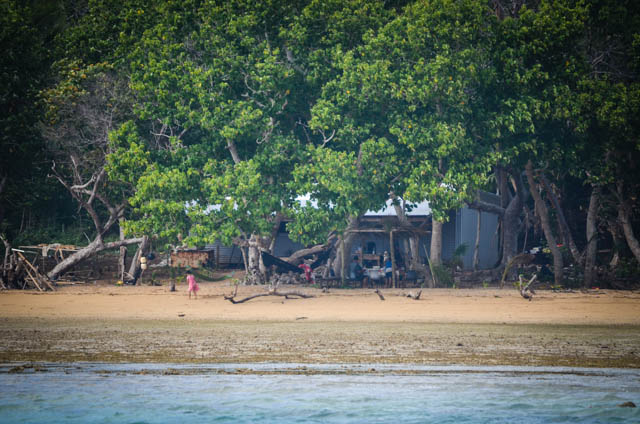
When David explained in his measured, thoughtful English that he had no tools to fix the motor, I offered to take a look at it. I brought hardware from Tayrona and David went ashore to help his wife with lunch, leaving his sons on the skiff to help me with the repairs on the 2-stroke Yamaha . The recoil mechanism to pull-start the motor wasn’t working and there was fuel leaking from somewhere. The three of us sat on the little boat and wrenched off the recoil unit atop the engine. The obnoxiously long winding spring had popped out of place and required a good deal of finesse and six hands to coerce back into the housing. Nice to have so much help, even if we didn’t speak the same language all the time. Pointing and noise making did the trick when ‘socket wrench’ didn’t translate into Tongan. “Hey, pass me the ‘crick-a crick-a crick-a, please. Mālō”. The fuel line connector had a torn seal that couldn’t be fixed, so I bypassed the connectors and spliced the fuel line right to the filter on the engine. With a touch of persuasion the motor fired right up. The boys were proud, David was relieved, and I was happy that I didn’t do any more grievous damage to the thing! It’s nice to feel like you can give something tangible back to the people that share so much with us. That boat and a small kayak are the only means of transportation from their island to the next town, five miles away across the bay, where the store, church, and school are. I can’t imagine what happens if that motor goes south. Daniel brought us three papaya, ten shucked coconuts, a dozen limes, and an invite to have dinner at his house to say thanks.
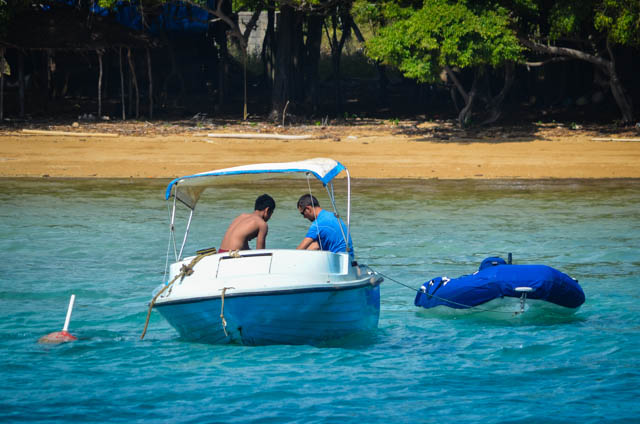
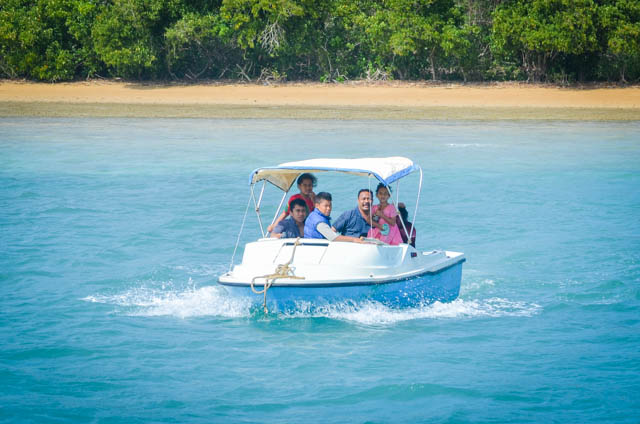
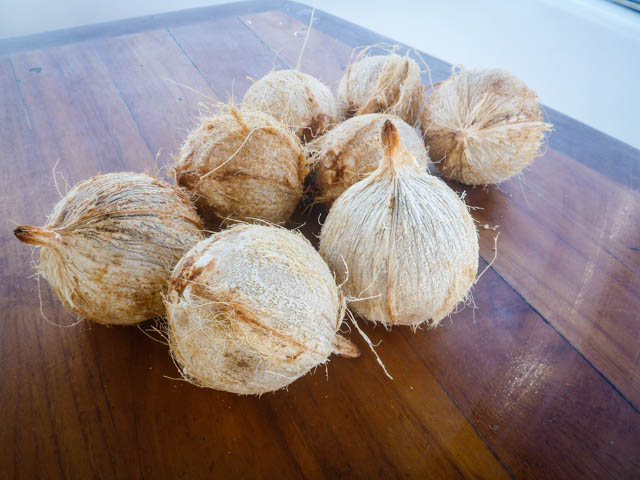
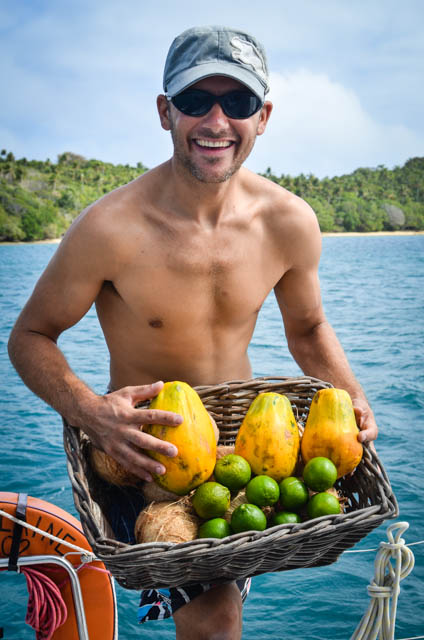
Before our big date ashore, Miranda and I went snorkeling in the coral gardens in the shallow pass between Nuapapu and Vaka’eitu. At first the coral looked blasted, with mostly dead stag horn, though it was surprisingly still full of fish. We finned across the shallows toward deep water, and after duck diving a few breakers we were out in the deep. Whales sang hauntingly in the distance as we chased butterfly fish and dove among the brightly colored, rolling patchwork-quilt of coral hills. I think Nemo was even out there!
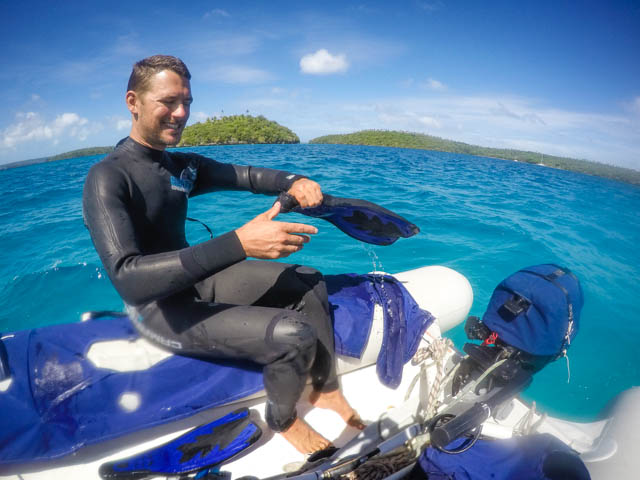

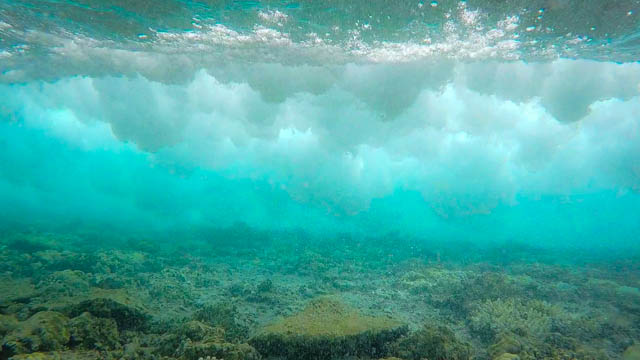
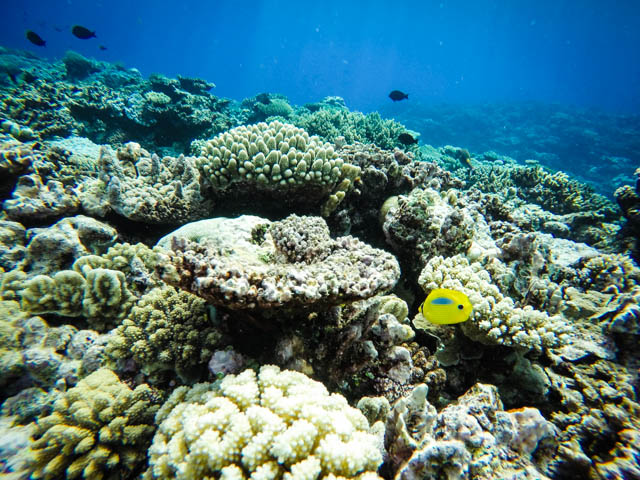
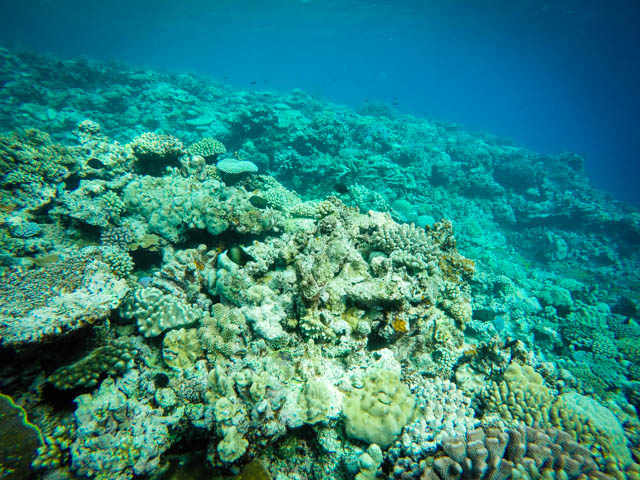
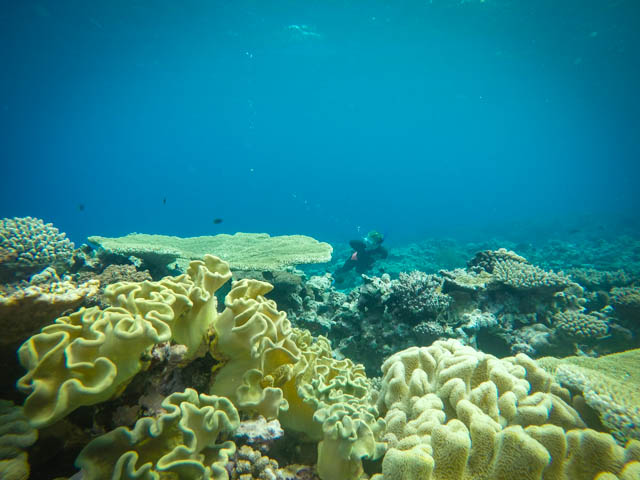
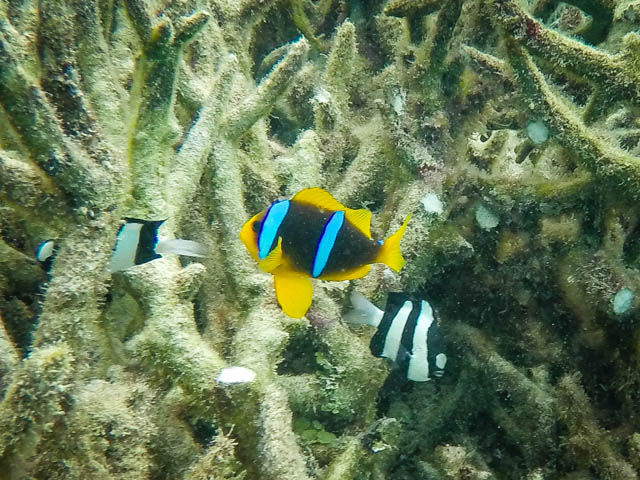

Also ran into a vicious predator of the deep. This is one of the dreaded cone shells in the South Pacific. It’s the Marbled Cone Snail. It hunts other mollusks down and injects its venom through a harpoon structure that will also go through the foot of a careless wader. There is another kind out here called the ‘Cigarette Cone Snail’ because you have time for one last cigarette if you get stuck by one before the venom gets you. You know those things’ll kill you…
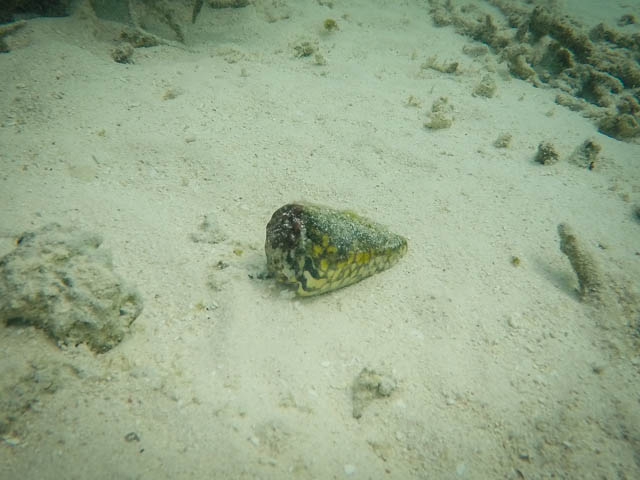
This next one is just a plain old boring cowrie shell. Really pretty though! They have a beautiful, smooth shell which gave rise to the word ‘porcelain’ from the Italian name for the little guys. Neat, huh?
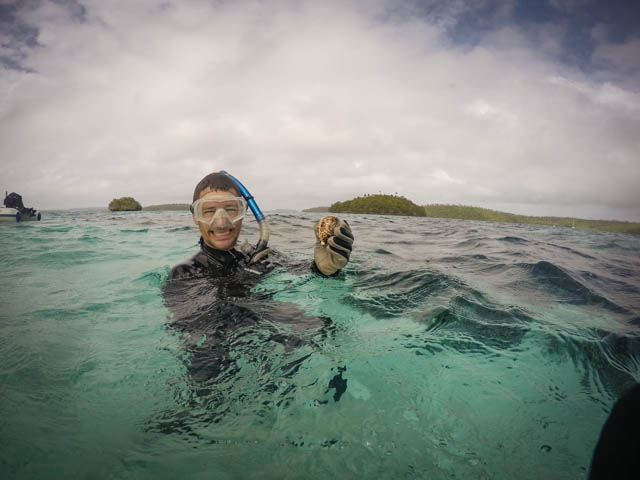
Back at the floating ranch we got ready to go in for dinner with David and his family. We brought rice, veggies, and lemonade to share. What do people like to eat on tiny Pacific islands? Last time we treated a local guy to our cuisine he almost jumped overboard rather than try our peanut butter! We also brought a bunch of little gifts for their kids: some cool shades for George, a pocket knife for Kaho, jewelry things for the girls. David played guitar and sang harmony for Hika in a welcome song as the girls danced in the Polynesian style for us. They served us a gorgeous spread of fried plantains, roasted grouper, and teriyaki chicken. All of it was cooked over an open fire outside of their dwelling and had a beautiful smoky flavor. I played a few tunes for them as well and we talked about life in Tonga. It was a thoroughly enjoyable and unexpected evening.
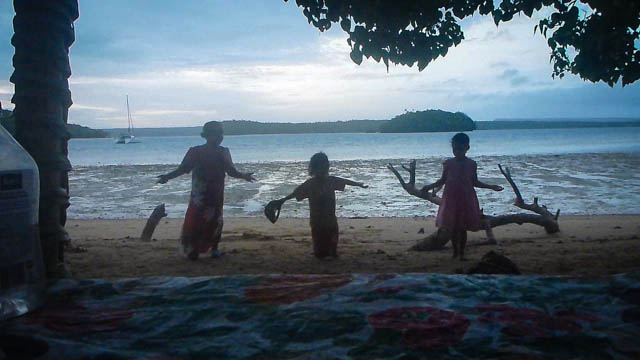
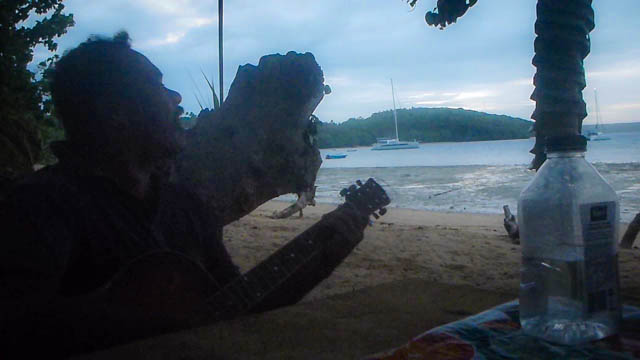
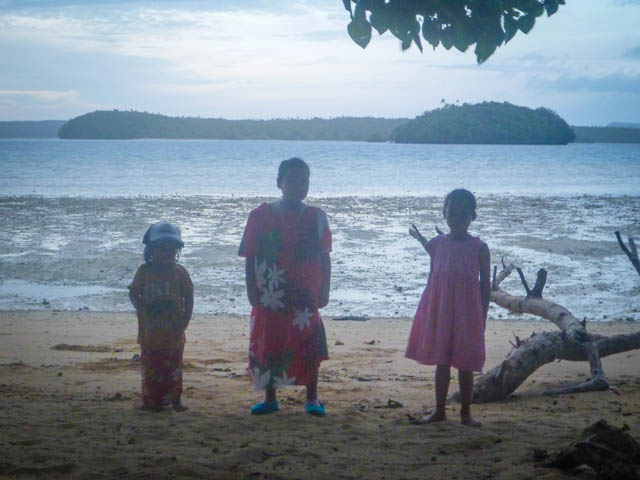
After we got back to the boat the rains came, first sprinkling, but then quickly turning into torrents. It was the front we had seen on our weather reports and the reason we ducked clandestinely into the shelter of Tongan waters. It rained all night, the kind of biblical rain that weighs the boat down, obliterates all other sounds but the hammering of the decks, and turns the radar screen into a wash of yellow so thick that the shore can’t be seen just a hundred meters away. No more sea spray on the decks!
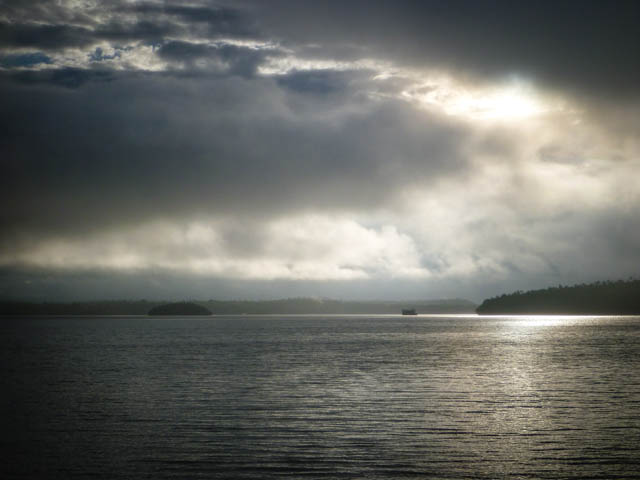
We snorkeled in Willy Wonka’s coral gardens again the next days and prepared for our passage to Fiji with a few meals and a solid slab of brownies. BAM! Our original passage from Bora to Fiji was twice interrupted, both times leading us into extraordinary experiences for our troubles in changing our plans. Go tell the sea gods about your plans. They love a good joke.
More from Tayrona to come…



